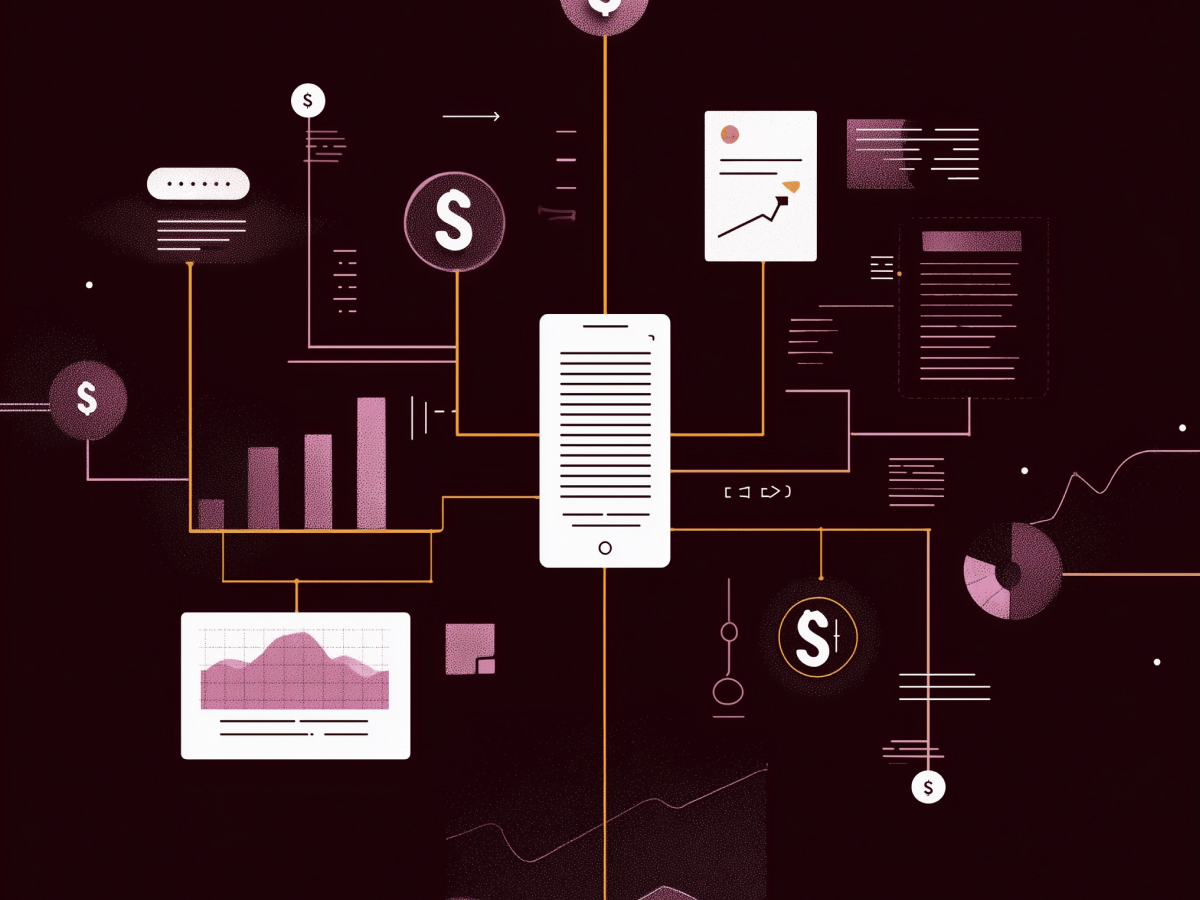Unified customer data is key for marketing and customer experiences
Without a clear view of your customer, you’re driving blind. Today’s travel and hospitality industries rely heavily on personalization, and fragmented customer data makes it nearly impossible to deliver the tailored experiences that travelers expect. Think about it: if your data sits in disconnected silos, you’re missing out on engagement and losing customer trust and revenue.
A 2023 Skift report made this clear, with 57% of companies admitting they struggle to unify their customer data. That’s over half the industry unable to fully grasp who their customers are. This disconnect leads to mismatched marketing efforts, wasted resources, and unsatisfying customer experiences.
Unified customer profiles (consolidating all interactions, preferences, and transactions) are key to retention. When you know your customer inside and out, you can predict needs, surprise them with relevance, and cultivate loyalty that drives long-term value. Without this clarity, businesses risk their most valuable asset: the customer relationship.
Loyalty programs and a broader understanding of customer loyalty
Loyalty programs are a powerful tool for building lasting relationships, but many companies stop short of their full potential. Too often, loyalty is narrowly defined by who signs up for a program, when the real gold lies in identifying loyal behaviors outside that framework.
Take Wyndham Hotels as an example. Analyzing unified data, they unearthed a surprising insight: many customers were loyal in behavior but weren’t enrolled in the loyalty program, or they weren’t using their program IDs during bookings. These missed opportunities highlight the need to think bigger. Loyalty is built on recognizing patterns, from repeat stays to consistent brand engagement.
The problem is fragmentation. When data is scattered, spotting those behaviors is like searching for a needle in a haystack. Modern technology can help connect the dots, giving companies a clearer picture of who their true loyalists are and how to engage them with offers that resonate.
Fractured customer profiles and its impact on marketing
Imagine this scenario: a single customer is registered multiple times in your system—one profile for their business travel, another for family vacations, and maybe even more under different email addresses. How do you market to them effectively? You don’t.
This kind of profile fragmentation is both inconvenient and costly. AWS research found that 82% of businesses want a 360-degree customer view, but only 14% have achieved it. That gap represents millions in untapped potential.
“When profiles are scattered, it becomes impossible to target campaigns with precision, measure outcomes reliably, or deliver seamless service.”
Consolidating those profiles into a single, actionable view streamline operations and can potentially transform the way you connect with your audience. It lets you recognize patterns, predict needs, and make smarter business decisions at every touchpoint.
Why brands are leveraging unified customer data
Companies that invest in unified customer data are seeing massive payoffs. Wyndham Hotels redirected 90% of its digital ad spend toward campaigns informed by a single customer view. The result? Double-digit returns on ad spend, thanks to sharper targeting and more relevant messaging.
Alaska Airlines shows us another success story. Tapping into real-time data, they optimized the entire travel journey, predicting which customers would upgrade to business class and encouraging program enrollments among frequent flyers. This then delivered a stunning outcome: a near 200% conversion rate for their loyalty program.
These examples aren’t isolated, they’re proof that when you know your customer better, you market smarter. Every dollar invested works harder, driving both engagement and revenue.
Consolidating fragmented customer data into actionable insights
It’s 2024, and technology is rewriting the rulebook on what’s possible with customer data. Platforms like Amperity and AWS are leading by stitching together data streams from apps, surveys, purchases, and more into a single, cohesive profile.
Consider the alternative: one company discovered it had 30 separate profiles for the same customer. Thirty! That kind of duplication wastes resources, paralyzes marketing teams, and renders meaningful campaigns nearly impossible.
Unified profiles give businesses a chance to act decisively. With all the pieces in one place, companies can move from guessing to knowing, from generic to personalized. And the benefits go beyond marketing. Better data fuels smarter decisions across every aspect of the operation, from inventory to customer service.
A 360-degree customer view is critical for future brand success
The future of travel and hospitality is clear: the companies that dominate will be the ones who know their customers best. A 360-degree customer view means understanding preferences and anticipating needs, delivering the kind of seamless, personalized experiences that turn customers into advocates.
The focus here should be on building trust. When a customer feels seen and valued, they stay loyal. Unified data makes that possible by transforming raw information into actionable insights that strengthen relationships and drive growth.
During an AWS and Amperity webinar, it was noted that unified data is a must-have. It’s the foundation for meaningful insights and exceptional experiences. Businesses that crack this code are poised to capture greater revenue, efficiency, and customer satisfaction. Those that don’t? They risk being left behind.
“The takeaway is simple: if you’re not investing in unified data, you’re leaving money, and meaningful customer relationships, on the table.”
Final thoughts
In a world where personalization drives loyalty and loyalty drives growth, fragmented data is a competitive weakness. Are you equipped to break free from outdated systems and invest in a future where every interaction, every insight, and every decision aligns with what your customers truly want?




